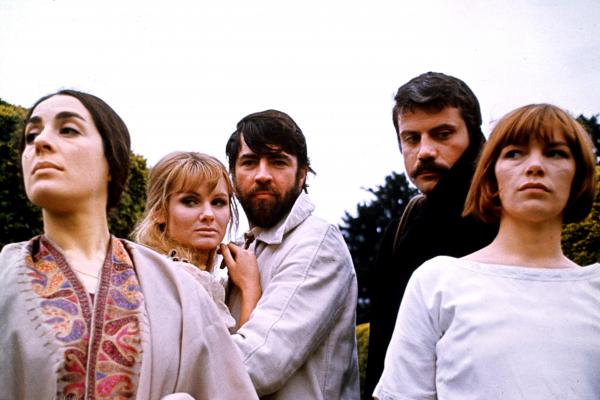CONJURING THE VIEW on a mountain hike, the beloved Americana musician David Wilcox sings “Some things you can’t unsee.” The first time I heard the song, I was struck by the surprise: It’s not just the painful, traumatic interruptions that stay with us. The exquisite, tender, spectacular ones can become permanently intertwined with our more practical thoughts, a backdrop for memory, musing about the future, or just living in the ordinary moments of day-to-day living. The magnificent bonus is that traumatic memories can be healed by reframing them with images and thoughts that empower us beyond victimhood.
Some movies, too, sear themselves into the mind. The memory of a scene and the feelings it aroused may become interwoven. It can be difficult to tell the difference between the movie we saw and whatever was going on in our lives at the time. Sometimes the scene is distressing, but other times it is like an old friend or mentor we can visit for comfort, advice, or a reminder of something useful we had forgotten.
I experienced this recently with the new restoration of Women in Love, the 1969 adaptation of D.H. Lawrence’s novel about four people trying and failing to tell each other how they feel and what they need. Its director, Ken Russell, was a warm-hearted artist who couldn’t stand inauthenticity; screenwriter Larry Kramer is implacably opposed to any rule that crushes the human spirit. Russell went on to make the crazy masterpiece Tommy—detonating puritanism and nationalism in favor of a thirst for truly living. Kramer founded Act Up (AIDS Coalition to Unleash Power) and wrote The Normal Heart—committing decades to the struggle for LGBTQ equality and the righteous anger required to confront the AIDS epidemic and the cruel ideology that sought to silence its unbearable burden. Their collaboration on a film was serendipitous.
We’re living in a golden age of film restoration, and the restored Women in Love is one of the most shimmering, beautiful films I’ve ever seen. It’s also one of the most challenging depictions of the desire to connect and the obstacles to doing so.
I think Russell and Kramer believed that the truth will set you free; to make this clear they made a film about what happens when societies build themselves on lies. Lies about public reputation mattering more than inner motivation, about socioeconomic status trumping matters of the heart, about aggression being stronger than vulnerability. The characters in Women in Love really want to tell the truth; they just don’t quite know how

Got something to say about what you're reading? We value your feedback!

